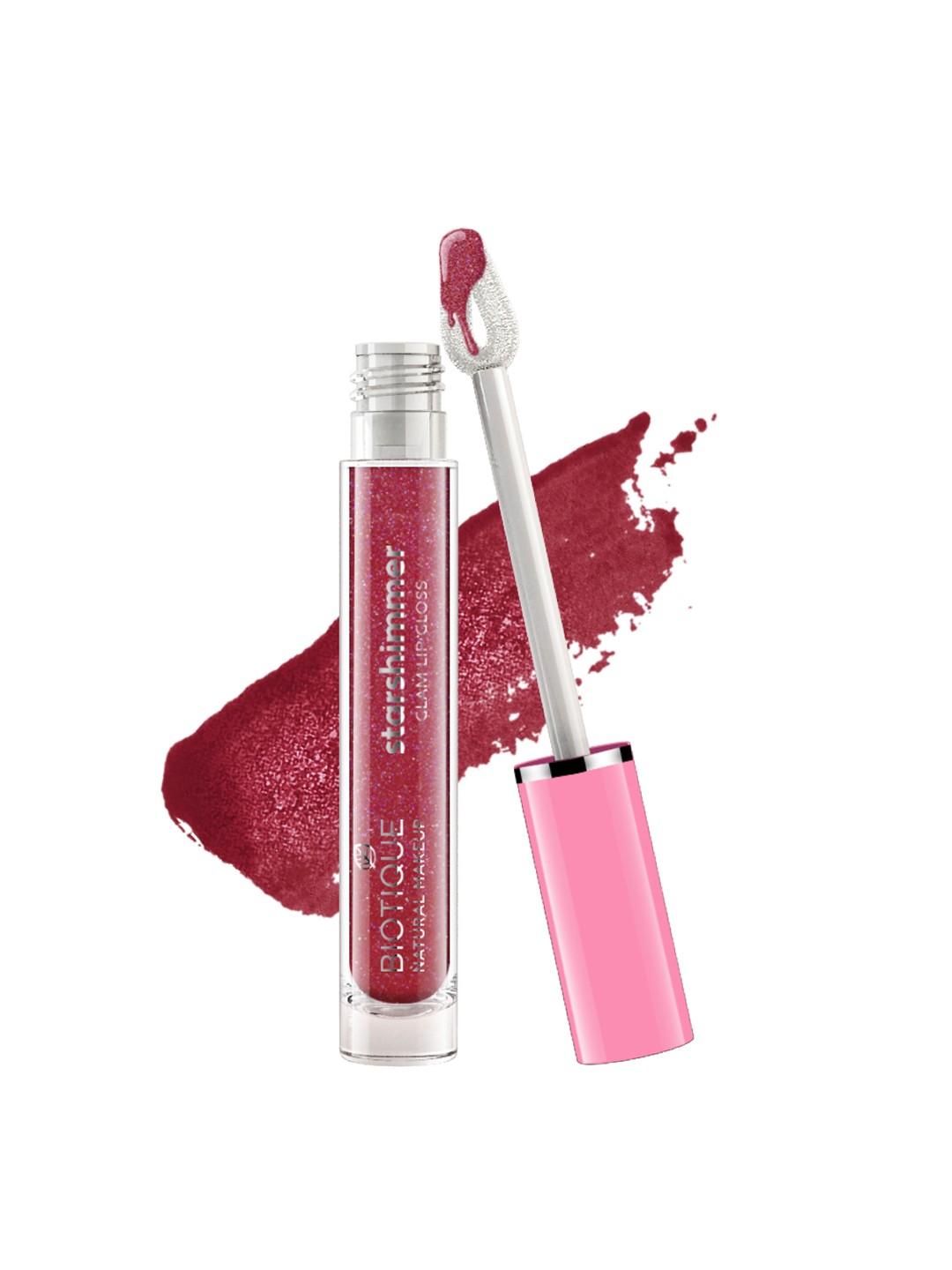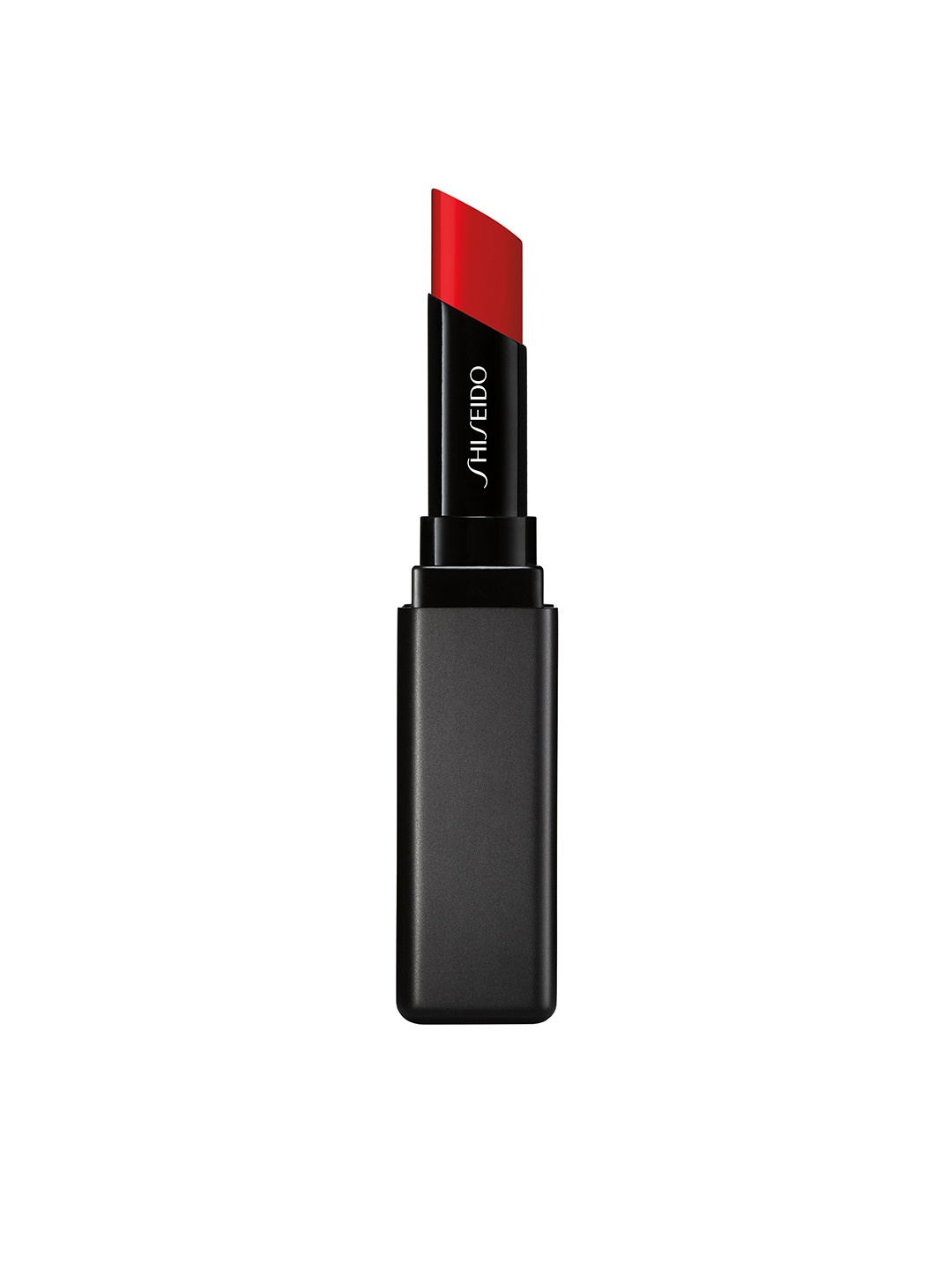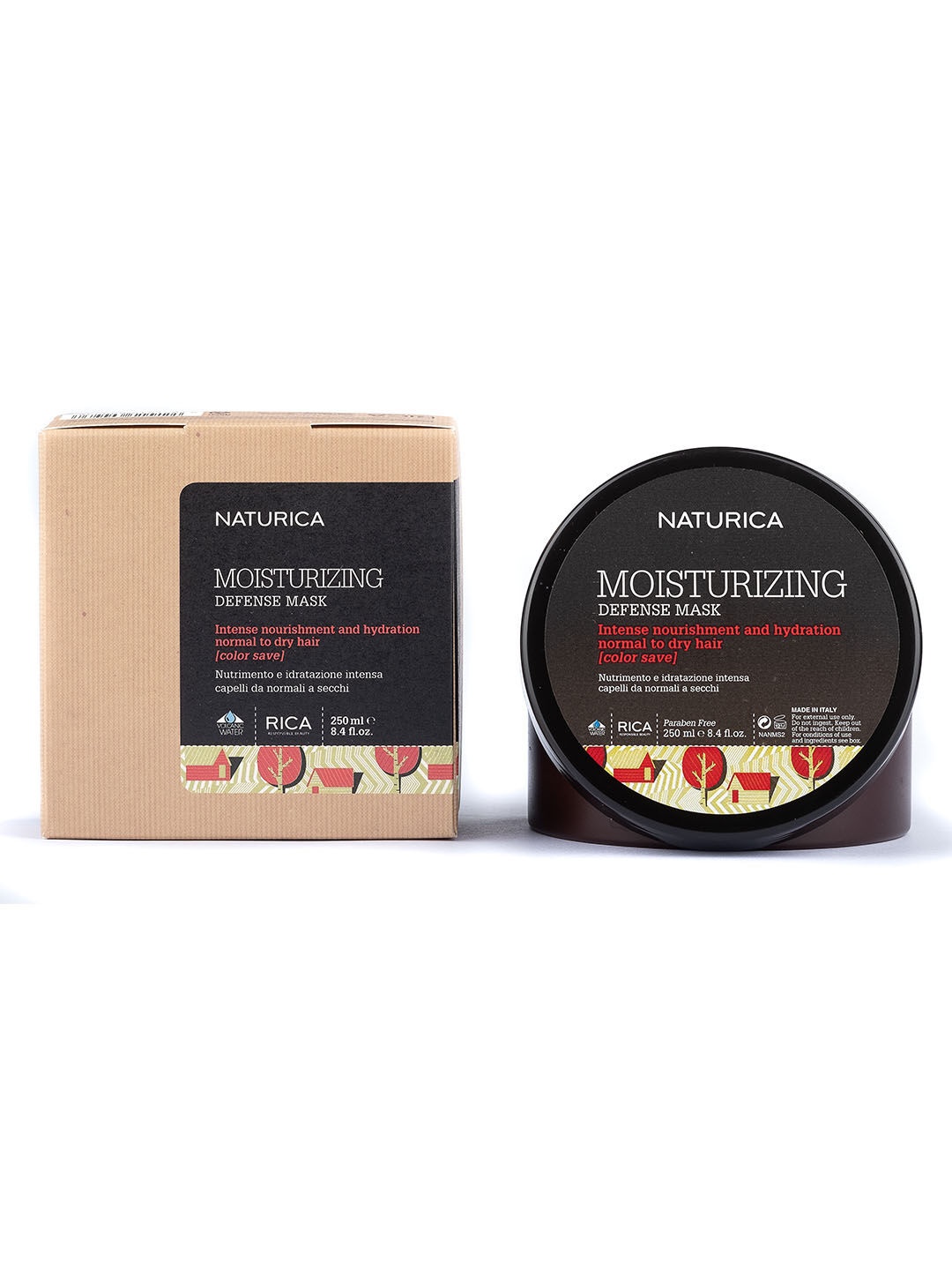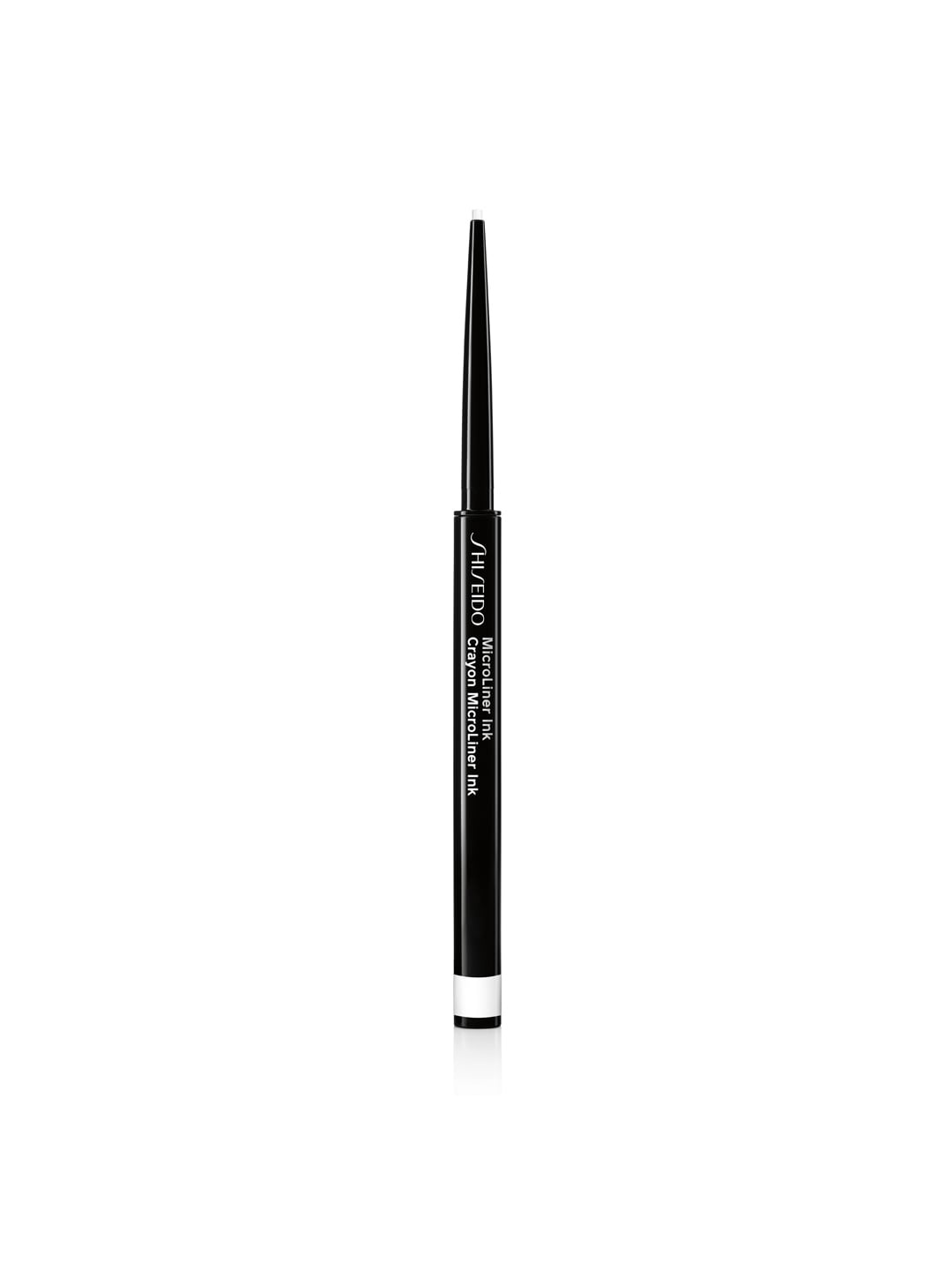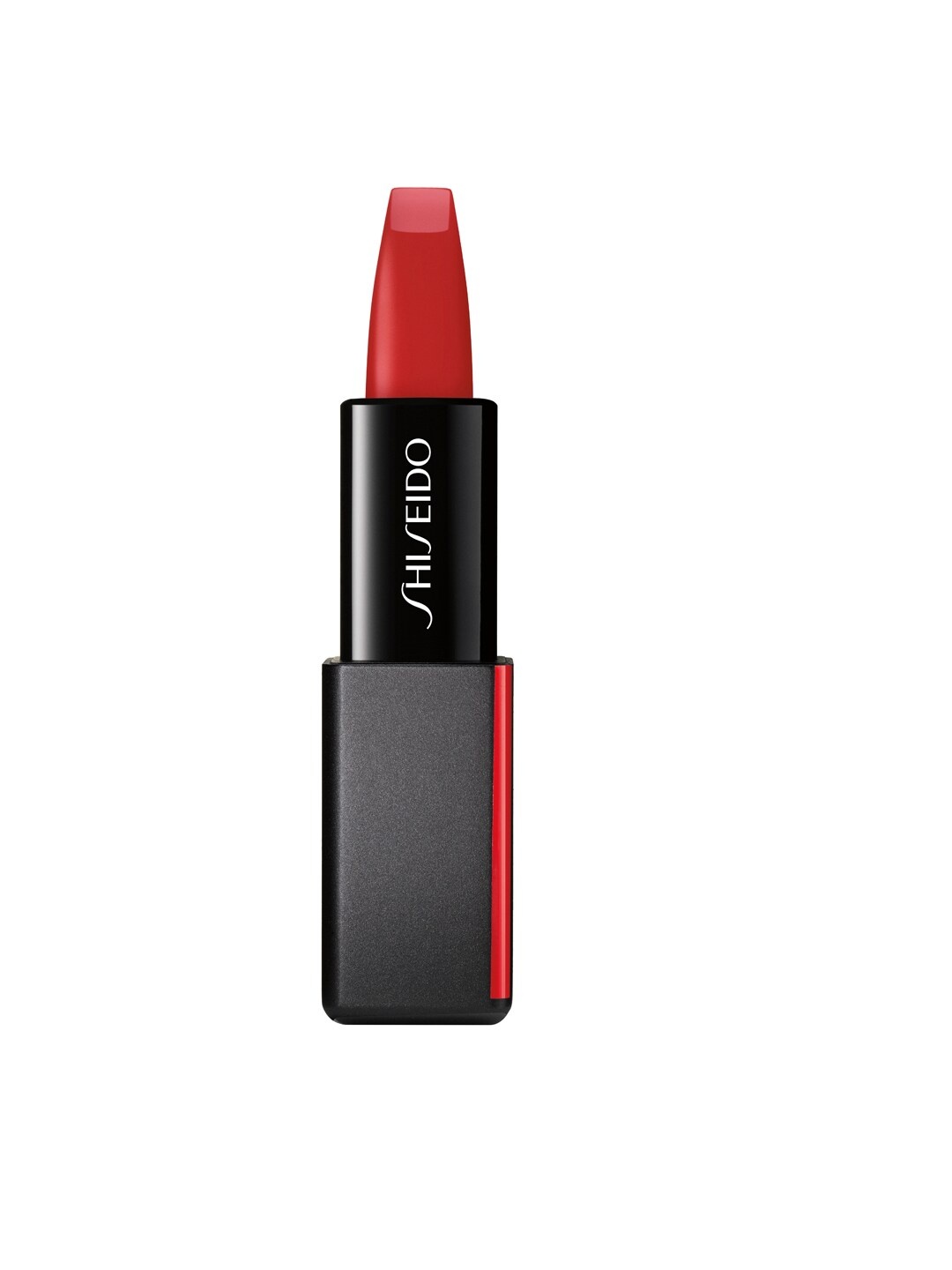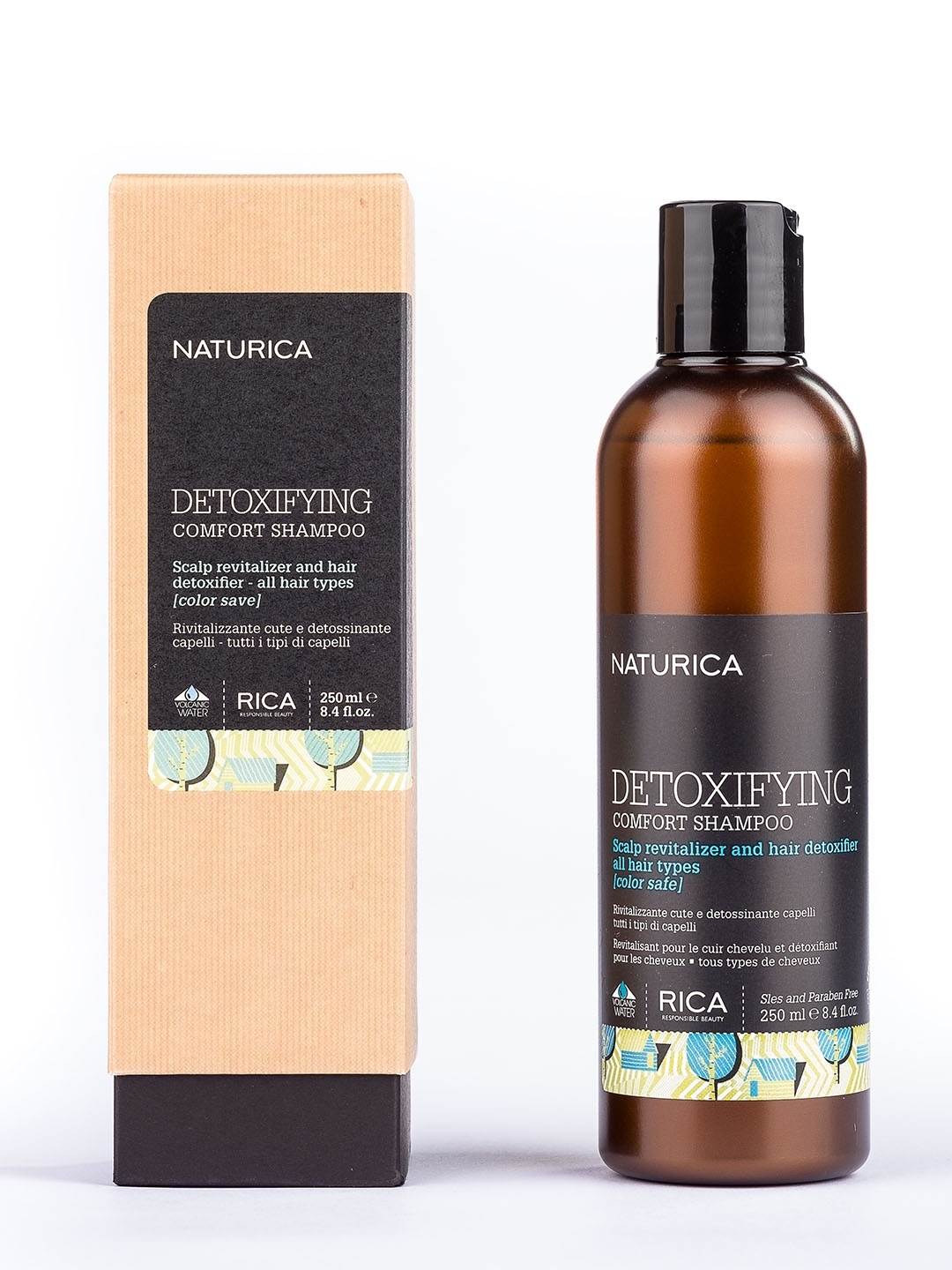pH Balance in Face Washes: The Rule That Few Shoppers Know
Many people buy face washes guided by advertisements, packaging or celebrity endorsements. Yet, behind the glossy promises lies a quiet rule of skincare: the pH balance. Here's why this mysterious measure matters, and how knowing it can save your skin from silent battles.

Face Wash and pH Balance Explained: Avoid Dryness, Pimples And Wasted Money.
Walk into any pharmacy or supermarket, and the shelves are packed with colourful tubes of face washes. Some promise to brighten, others to fight pimples, and a few claim to keep the skin 'oil-free all day'. Yet, tucked away in the fine print, often not even visible, is the one thing that could decide whether that product helps or harms: the pH balance.
Skincare experts often say that healthy skin is about balance, not extremes. Still, when most people pick up a face wash, they hardly stop to ask, 'What's the pH of this?' The truth is, this little number is the unsung hero of skincare. Ignore it, and even the most expensive cleanser may betray you. Here's why this mysterious measure matters, and how knowing it can save your skin from silent battles.

Understand The pH Rule Of Face Washes To Protect Your Skin Barrier And Prevent Dryness; Photo Credit: Pexels
1. What Exactly Is pH in Skincare?
pH, short for 'potential of hydrogen', measures how acidic or alkaline something is on a scale of 0 to 14. Water sits in the middle at 7, while lemon juice is highly acidic around 2, and soap is strongly alkaline at 10 or above.
Skin, however, is naturally on the acidic side. A healthy face maintains a pH between 4.5 and 5.5. This acidic layer, called the 'acid mantle', is like a shield that locks in moisture and keeps out bacteria, dust, and pollutants. When a face wash disrupts this balance, say, pushing the skin towards alkalinity, the barrier weakens. That's when dryness, tightness, and even breakouts sneak in.
So the next time a product boasts of being 'deep cleansing', remember: too much cleansing can be like scrubbing away your bodyguard.
2. Why Do Most Face Washes Ignore pH?
Here's the irony: while companies talk endlessly about 'natural ingredients' or 'vitamin boosts', pH balance rarely makes it to the label. Why? Because surfactants, the foaming agents that create the satisfying lather, are often alkaline by nature.
Manufacturers know that people equate foam with cleanliness. A frothy face wash feels like it's doing its job. But more bubbles usually mean a higher pH, which is harsher on the skin. Balancing a formula to keep it close to skin's natural acidity requires care, testing, and cost. Many brands skip this step, banking on flashy marketing instead.
Shoppers, unfortunately, aren't trained to ask, 'But what's the pH?' That silence allows the trend to continue.
3. The Skin Barrier: A Soldier in Disguise
Imagine your skin as a city with walls. The acid mantle is that wall, protecting against invading germs and moisture loss. When the wall is strong, the city thrives; when it crumbles, chaos follows.
Using a high-pH face wash is like leaving cracks in the wall. Germs slip in, water leaks out, and suddenly the city is vulnerable. Many people notice this as tightness after washing their face. Some even mistake it as a sign of 'clean skin'. But tightness isn't health, it's damage.
Over time, a weakened barrier can lead to acne, dullness, and sensitivity. Even the most expensive moisturiser struggles to patch things up if the daily cleanser keeps attacking the foundation.
4. How Wrong pH Shows on the Face
Skin has a way of speaking, though not in words. If your face feels itchy, flaky, or unusually oily after washing, chances are your cleanser's pH is off.
Take, for example, people with oily skin. They often believe that harsher, alkaline cleansers help reduce greasiness. But here's the catch: stripping away too much oil tells the skin to produce even more. The result? Oiliier skin than before, along with possible breakouts.
On the other hand, those with dry or sensitive skin may notice redness or burning. It's not just the weather, it could be the alkaline face wash you use every day without question.
Skin, in short, doesn't keep secrets. It shows when something is wrong.
Also Read: Skincare Solution: 10 Face Washes for Oily Skin, Cetaphil And More at Myntra Mega Savings Sale
5. How to Check the pH of a Face Wash
Most brands don't list pH on the packaging. But that doesn't mean you're helpless. pH testing strips, easily available online for as little as ₹200, can reveal the truth. Just lather the face wash with water, dip the strip, and see where it lands on the scale.
Some skincare enthusiasts have turned this into a mini home experiment, sharing their results on social media. And the findings are eye-opening: many popular face washes rank at 8 or 9, far too alkaline for the skin.
Checking pH may sound geeky, but it's no more complicated than testing drinking water or pool levels. And once you do it, you'll know whether your face wash is secretly sabotaging you.
6. Why Acidic Sounds Scary but Isn't
The word 'acid' has a bad reputation. Mention it, and people think of burning sensations or harsh chemicals. But in skincare, mild acidity is exactly what skin loves. Remember, the skin's natural pH hovers around 5, which is acidic.
Low-pH cleansers aren't about peeling the skin; they're about respecting its biology. Think of yoghurt or aloe vera, both naturally acidic yet soothing. Many traditional remedies unknowingly played by the same rule. That cooling splash of rose water after a hot day? Slightly acidic, which explains the calm freshness it brings.
So when you see 'low pH' on a label, don't be alarmed. It's not the enemy, it's the friend your skin has been waiting for.

Understand The pH Rule Of Face Washes To Protect Your Skin Barrier And Prevent Dryness; Photo Credit: Pexels
7. The Marketing Trap: More Than Just Bubbles
Walk past a skincare aisle, and it feels like a carnival. Bright packaging, promises of fairness, glowing faces smiling at you. But beneath the glitter, many products rely on foaming theatrics to create an illusion of effectiveness.
Here's the trick: foam is addictive. It convinces people that dirt is being washed away. Yet, true cleansing isn't about bubbles, it's about balance. A gentle, low-pH cleanser may not foam as dramatically, but it respects the skin's boundaries.
Marketing often distracts shoppers from such details. A face wash that respects pH may not look glamorous on the shelf, but it quietly keeps your skin healthier in the long run. And that's worth more than any airbrushed advert.
8. Local Wisdom Meets Modern Science
It's fascinating how traditional practices often align with modern science. Washing the face with gram flour (besan), for example, has been a household trick for generations. When tested, besan shows a mildly acidic to neutral pH, far gentler than most soaps.
Similarly, applying raw milk or curd, both slightly acidic, was a common ritual in many homes. Without scientific jargon, people instinctively used what worked. Modern cleansers could take a cue from such wisdom. Instead of loading bottles with alkaline foaming agents, they could lean on formulas that echo nature's balance.
Perhaps the old ways weren't just quaint traditions. They were pH-smart long before the term existed.
9. The Cost of Ignoring pH
Here's a sobering thought: using the wrong face wash daily can undo months of skincare investment. People happily spend ₹1,000 on serums or creams, yet they start their routine with a ₹150 alkaline cleanser that cancels out the benefits.
It's like watering plants with salty water and then buying expensive fertiliser to fix the damage. No wonder results disappoint. Worse, constant barrier damage may lead to conditions like eczema or chronic sensitivity, issues that cost far more to manage later.
Spending a little attention on pH upfront saves not just money but also years of frustration.
10. Choosing Smarter: What to Look for in a Face Wash
So, what's the takeaway when you stand in front of those shelves again? First, look for face washes that clearly mention 'pH balanced' or 'low pH' (around 5.5). If the brand doesn't mention it, be cautious.
Second, pay attention to how your skin feels post-wash. Comfort, softness, and the absence of tightness are good signs. If your skin screams for moisturiser immediately after cleansing, that's a red flag.
Finally, trust simplicity over spectacle. Gentle cleansers, even if less dramatic in texture or fragrance, often respect your skin more than flashy formulas. Think of it as choosing a kind friend over a loud acquaintance. Your skin knows the difference.
Products Related To This Article
1. The Face Shop Rice Water Bright Foaming Cleanser Face Wash For Glowing Skin
2. PLIX THE PLANT FIX Set Of 4 Jamun Active Acne Range Cleanser+Serum+Toner+Moisturizer
3. Cetaphil Gentle Skin Hydrating Face Wash Cleanser with Niacinamide & Vitamin B5
4. DOT & KEY Watermelon SuperGlow Facial Gel Cleanser with Vitamin C & Cucumber
5. CeraVe Blemish Control Cleanser with 2% Salicylic Acid for Acne-Prone Skin
6. Minimalist Minimalist Salicylic Acid + LHA 02% Cleanser
7. Hyphen Creamy Cleanser, Barrier Cream, Golden Hour Serum & All I Need Sunscreen Combo
The pH balance of a face wash may not be a headline-grabber, but it's the quiet rule that decides how healthy your skin feels every day. Ignore it, and you risk stepping into a cycle of dryness, oiliness, and irritation. Respect it, and you give your skin the comfort it deserves.
In the end, skincare isn't about chasing trends or collecting products. It's about understanding small, invisible details, like pH, that make all the difference. So the next time you pick up a face wash, ask the question few do: 'What's the pH?'. Your skin will thank you, silently but sincerely. Shop now on Myntra.








